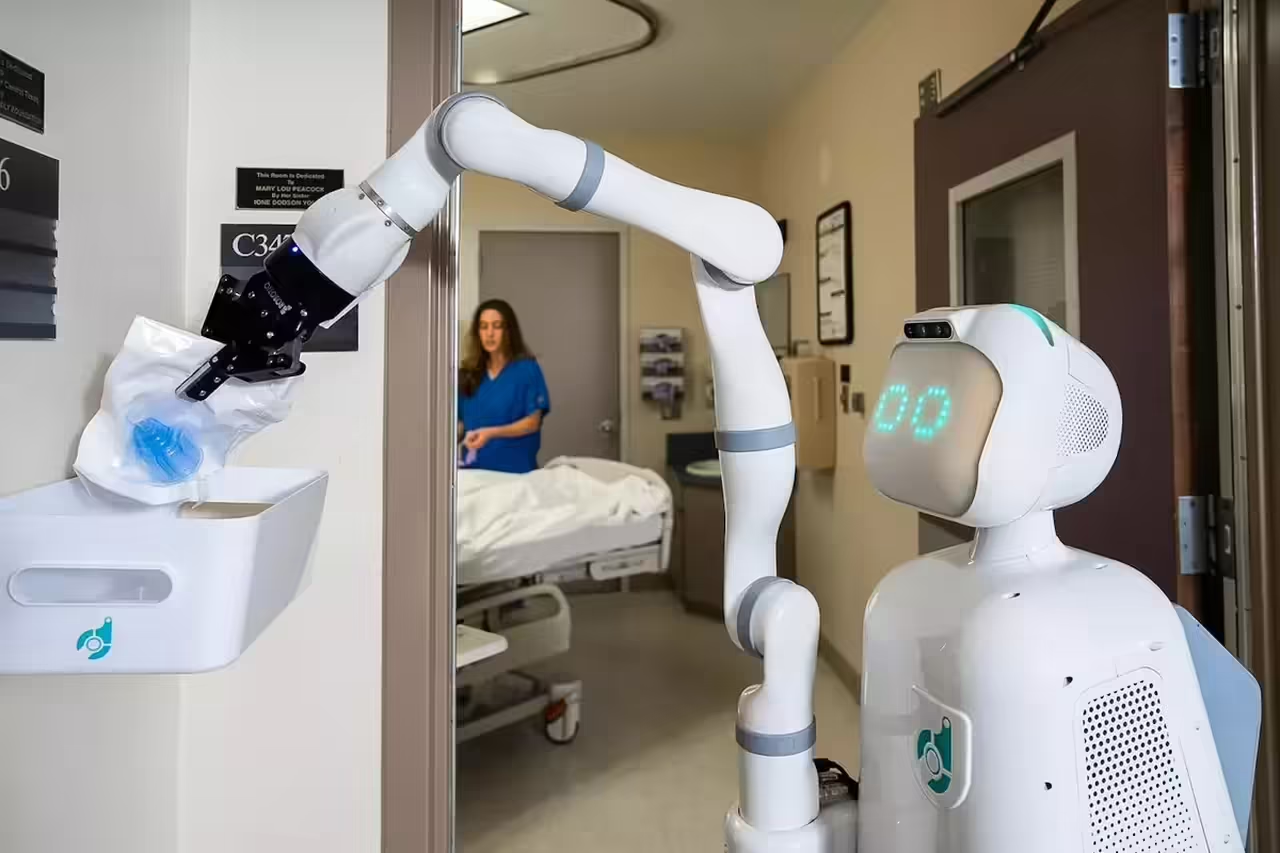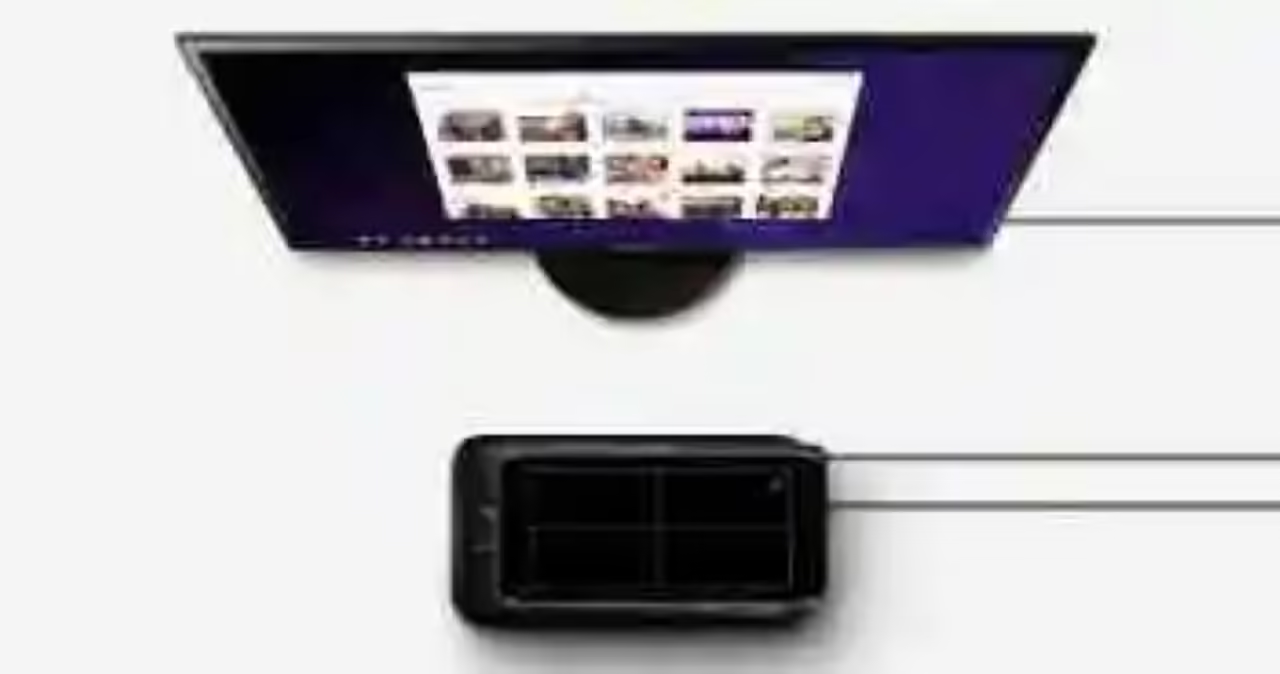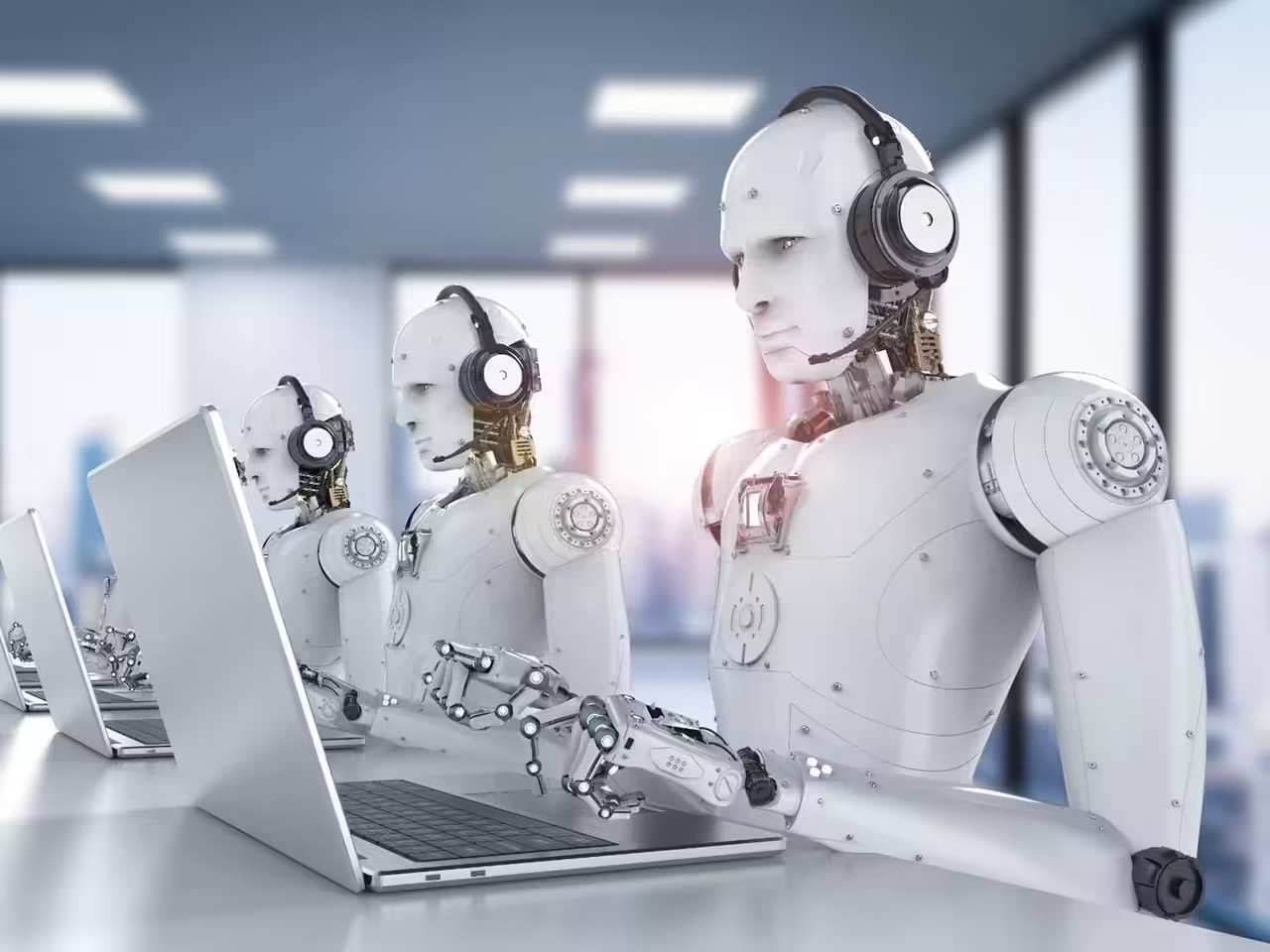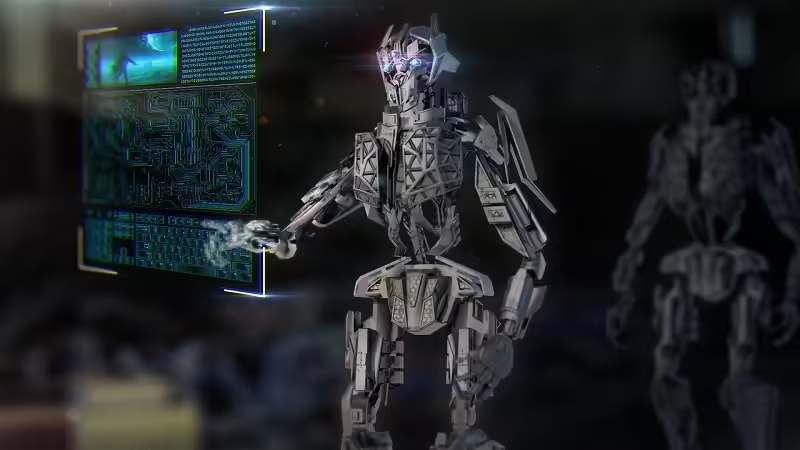
Robotics is revolutionizing healthcare and changing the way patients are cared for. Robots are increasingly being used in hospitals and healthcare facilities to help with a variety of tasks, from patient care to cleaning rooms to delivering supplies.
Here are some ways robots are transforming healthcare:
Robotic surgery: Robots are being used in surgery to perform more precise and less invasive procedures. Surgeons can control robots to make smaller incisions and have a magnified view of the area to be operated on, which reduces patient recovery time and improves surgical outcomes.
Assistive robots: Robots are also being used as assistants for elderly or disabled patients who need help performing daily activities, such as dressing or moving around. These robots can provide companionship and emotional support, as well as help patients remain independent and active.
Cleaning robots: Robots are also being used for room cleaning and bio-waste removal in hospitals and healthcare facilities, helping to reduce the spread of infections.
Supply delivery: Robots can also be used to deliver supplies and medications to patients in their rooms, reducing waiting time and improving the efficiency of medical staff.
Diagnosis and monitoring: Robots are also being used for patient diagnosis and monitoring. For example, robots can measure blood pressure, heart rate and other vital signs, and transmit this information in real time to medical professionals.
Nursing robots: how they are improving care and freeing up professionals’ time
Nursing robots are a technological innovation that is changing the way healthcare is delivered around the world. These robots are a solution to medical staffing shortages and increased workloads in the healthcare sector.
In addition to the tasks mentioned above, nursing robots can also perform other tasks, such as taking blood samples and performing simple medical tests. They can also provide information to patients about their health status and help doctors make informed treatment decisions.
The implementation of nursing robots has also been shown to improve efficiency in medical care, resulting in decreased waiting times and faster, more effective care. Robots can perform repetitive and monotonous tasks without fatigue, which increases accuracy and reduces errors.
Although the implementation of nursing robots is still in its early stages, their impact on healthcare has been significant. The combination of artificial intelligence and robotics has led to more personalized and effective medical care, resulting in better health outcomes for patients.
However, some critics argue that the implementation of nursing robots may lead to a decrease in the quality of patient care, as patients may lose human interaction with healthcare professionals. Despite these concerns, many experts believe that technology can be used as a tool to complement and enhance medical care, rather than replace it.
Can robots really replace nurses and doctors?
Although nursing and other types of robots in the healthcare field are gaining ground, they are unlikely to completely replace nurses and doctors. Robots can improve efficiency and accuracy in certain tasks, but healthcare is a profession that involves a high level of human interaction and emotional skills that cannot yet be fully replicated in technology.
Nursing robots can perform repetitive and monotonous tasks, but they cannot replace the personalized attention and empathy that nurses and doctors provide to patients. In addition, medical care requires complex decision-making and assessment of the patient’s emotional and physical state, which is also difficult to replicate in a machine.
However, implementing robots in healthcare can improve efficiency, reduce errors and free up time for healthcare professionals to focus on more important and complex tasks. The technology can also improve communication and information sharing among medical team members, which can improve coordination and patient care.
Robot technology and personalized healthcare: how robots can adapt to patients’ needs
Robot technology in healthcare is advancing by leaps and bounds, and it is becoming increasingly common to see robots performing different tasks, from medication administration to patient care. One of the great advantages of robots is that they can be programmed to adapt to patients’ needs and provide personalized medical care.
For example, robots can be programmed to remember patients’ preferences for food, medication and other aspects of their care. They can also provide personalized information to patients about their health status, including performing tests and monitoring vital signs.
Robots can also assist patients with disabilities and reduced mobility. They can be programmed to help patients get out of bed, move around and perform exercises. This can improve patients’ quality of life and reduce the workload of caregivers.
In addition, robots can be programmed to interact with patients in a way that is comfortable and natural for them. They can provide information and answer questions in a way that is easy to understand and does not cause anxiety. Robots can also be used as a therapy tool, providing social interaction for patients who may feel lonely or isolated.
What can robots do that nurses and doctors can’t?
Robots have the ability to perform specific tasks repetitively, accurately and without fatigue, which can be useful in healthcare settings that require repetitive and precise tasks. They can also handle hazardous substances and work in dangerous environments without jeopardizing the safety of healthcare professionals.
Similarly, robots can process large amounts of data and provide accurate, real-time information, which can help doctors and nurses make more informed decisions. They can also provide personalized information to patients and monitor vital signs continuously, something healthcare professionals may not have the ability to do constantly.
Robots can also aid in patient rehabilitation and therapy. For example, a physical therapy robot can help patients regain mobility after injury or surgery, providing a consistent and programmable therapy experience.
How is robotics transforming healthcare in rural and remote areas?
Robotics is transforming healthcare in rural and remote areas by enabling healthcare professionals to deliver high-quality medical care to people living in these areas. In many cases, rural and remote areas lack medical facilities and healthcare professionals, making it difficult for people to get medical care when they need it.
Robotics can help address this problem by enabling doctors and other healthcare professionals to provide medical care remotely. For example, telepresence robots can allow physicians to interact with patients remotely, providing diagnoses and treatments via videoconferencing. Telepresence robots can also allow physicians to interact with other healthcare professionals in real time, which can improve collaboration and decision-making in healthcare.
Another way robotics is transforming healthcare in rural and remote areas is through surgical robotics. Surgical robotics allows surgeons to perform surgical procedures remotely, using robots to control surgical instruments. This can be especially useful in areas where trained surgeons are not available locally, as it can allow patients to receive specialized medical care without having to travel long distances.
Robotics can also help improve access to medical care in rural and remote areas by allowing robots to act as assistants in medical care. Robots can perform tasks such as delivering medical supplies, mobilizing patients, taking blood samples and other medical procedures. By working together, robots and healthcare professionals can provide more comprehensive and effective care to patients.
The future of robotics in healthcare: what can we expect in the coming years?
The future of robotics in healthcare is exciting and promising, with numerous advances in medical robotics expected in the coming years. Some of the most important trends and developments we can expect include:
Smaller, more flexible robots: medical robots are moving toward more compact and flexible designs, which will allow them to access smaller, more delicate parts of the human body and perform more precise surgical procedures.
Rise of collaborative robotics: collaborative robots are expected to become an increasingly important part of healthcare, working alongside healthcare professionals to improve care and reduce workload.
Improvements in artificial intelligence and machine learning: advances in artificial intelligence and machine learning are expected to enable medical robots to learn and adapt more quickly to new situations, improving their ability to provide personalized, high-quality care to patients.
Expansion of telepresence robotics: telepresence robotics is expected to expand as communication technologies improve, enabling physicians and other healthcare professionals to deliver remote medical care more effectively.
Increased automation of routine tasks: medical robots are becoming increasingly sophisticated and capable of performing routine tasks, which will free healthcare professionals to focus on more complex and higher-value tasks.
Although robots and artificial intelligence (AI) are advancing rapidly in the medical field, there is still some uncertainty and resistance from some people toward robot-delivered medical care.
Some people may feel that medical care provided by a robot lacks the empathy and human connection that a real doctor would provide. They may also worry about the accuracy of diagnosis and treatment, and whether the robot might make mistakes.
However, others may be more comfortable with robot-delivered medical care. For example, those who experience social anxiety or have difficulty trusting human physicians may find medical care provided by a robot more discreet and less intimidating.
In general, the acceptability of robot-provided medical care will depend largely on the individual’s culture and education, as well as his or her previous experience with robots and similar technologies. As the technology advances and its safety and efficacy are demonstrated, more people may become comfortable relying on robots for medical care.
Here are some comments from patients who have had experience with medical robots:
“At first I was a little skeptical about being cared for by a robot, but after my experience, I was pleasantly surprised. The robot was very accurate in its diagnosis and provided me with very effective treatment.”
“I felt more comfortable being seen by a robot than by a human doctor. The robot was very friendly and professional, and I did not feel judged for my health problems.”
“The medical care provided by the robot was a bit impersonal, but the accuracy of its diagnosis and treatment were impressive. It was also much faster than the medical care I have received in the past.”
“I was concerned that the robot would not be able to fully understand my symptoms and my needs, but it was very efficient in its work. I would definitely be willing to be treated by a medical robot again.”







